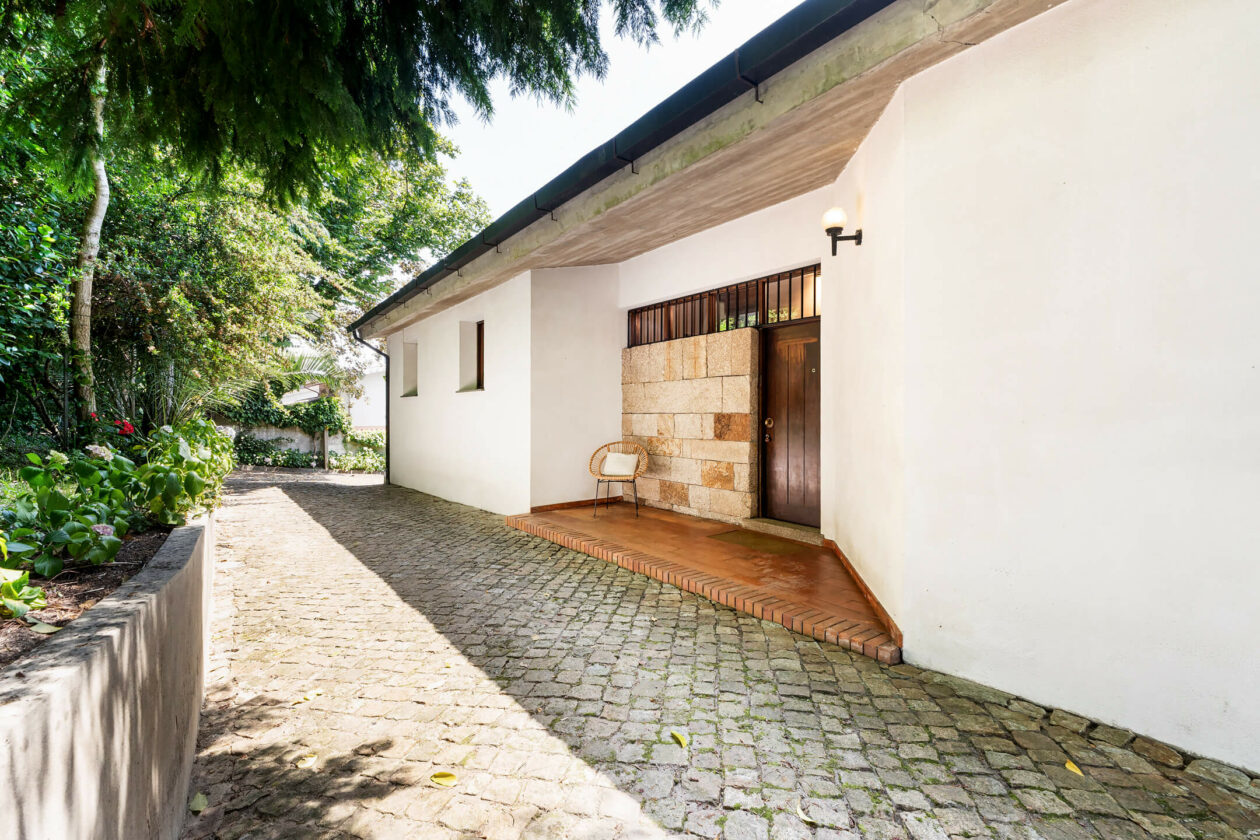Noé Dinis was a key figure in the first generation of Porto School architects, known for his thoughtful integration of modernist principles with Portuguese architectural tradition. Working primarily in Northern Portugal during the 1960s and 70s, Dinis developed a discreet yet rigorous body of work that often blended minimalist volumes with vernacular materials such as wood, tile, and natural stone.
He was an early collaborator of Álvaro Siza Vieira and is notably credited by Eduardo Souto de Moura as his “first companion” in architecture. This mentorship role places Dinis at a pivotal moment in the evolution of Portuguese modernism — not just as a practitioner, but as a bridge between generations.
Though less internationally recognized than some of his contemporaries, Noé Dinis’s legacy is deeply felt in the architectural culture of Porto. His buildings are often modest in scale, but rich in spatial clarity, sensitivity to site, and craftsmanship — qualities that continue to resonate with a new generation of architects today.
